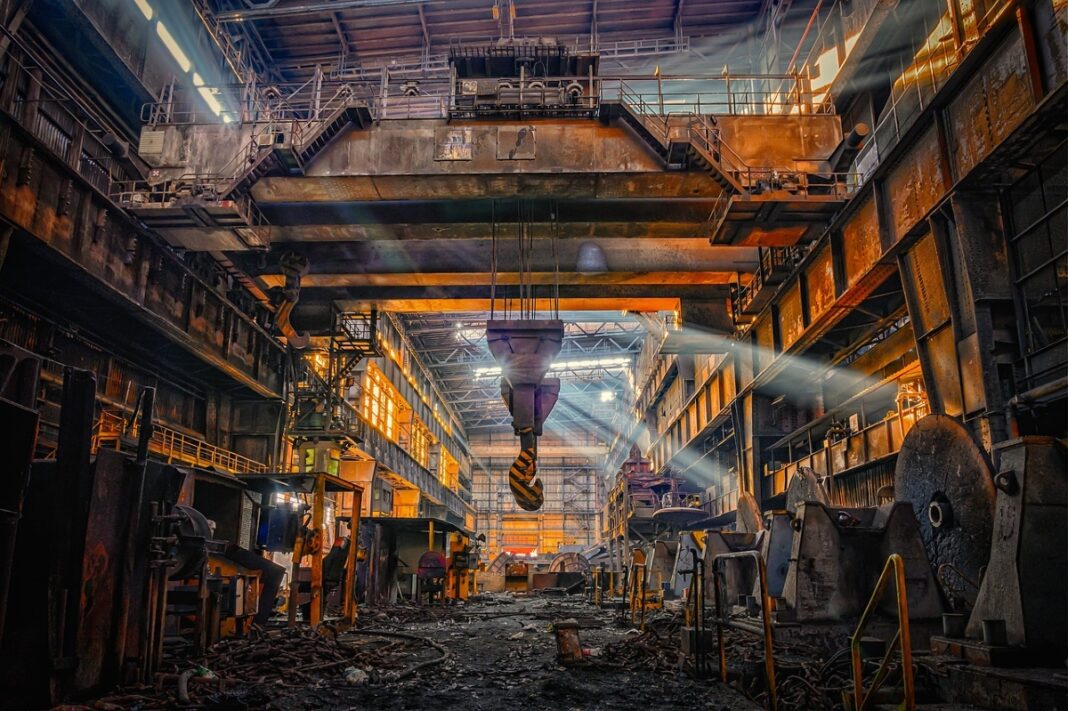Officials familiar with the plan stated that India aims to increase its domestic steel production capacity to 500 million tonnes per annum by 2047, with a focus on reducing emission intensity. They also mentioned that the country plans to lower emission intensity to 2.25 tonnes of CO2 per tonne of crude steel production by FY29, compared to the current 2.50 T/tcs, with further reductions envisioned by 2047.
These new targets are more stringent than those set under India’s Nationally Determined Contributions (NDCs) for the steel sector. According to previous goals, the average CO2 emission intensity of the Indian steel industry was projected to decrease from 3.1 T/tcs in 2005 to 2.64 T/tcs by 2020 and 2.4 T/tcs by 2030, representing approximately a 1% reduction annually.
A senior official familiar with the plans being formulated informed ET that the country also aims to increase its steel-making capacity to 500 million tonnes by 2047, up from around 161 million tonnes at present. These objectives align with the goals outlined in the New Steel Policy (NSP) of 2017, which aims to achieve 300 million tonnes of steel-making capacity by 2030. The NSP requires an investment of approximately Rs 10 lakh crore to more than double the country’s steel-making capability from 2017 levels.
Additionally, it is anticipated that domestic iron ore availability will improve from 226 million tonnes to 318 million tonnes by 2047.
Officials further indicated that reforms in the metals and mining sector are expected, including measures to encourage more exploration, geological surveys, and better data assessment. These objectives are currently being finalized by sectoral groups of secretaries, along with corresponding action plans.
Boosting mineral availability in India will necessitate increased funding allocation to the National Mineral Exploration Trust (NMET), according to a second official. They also mentioned potential changes in regulations to permit surveys in forest areas while ensuring ecological balance is maintained. The official suggested the possibility of organizing hackathons to analyze the geological data being collected.
The suggestion from officials also indicated that vehicle scrapping is likely to remain a minor source of feedstock for steelmaking.





